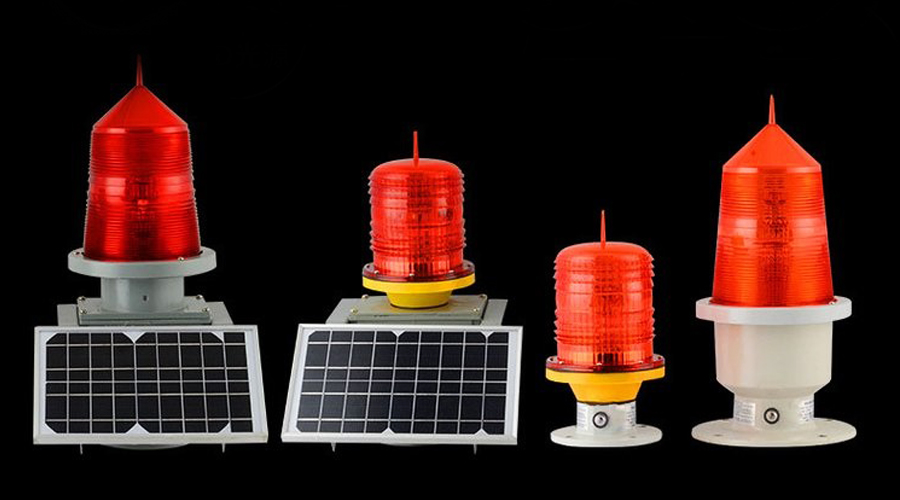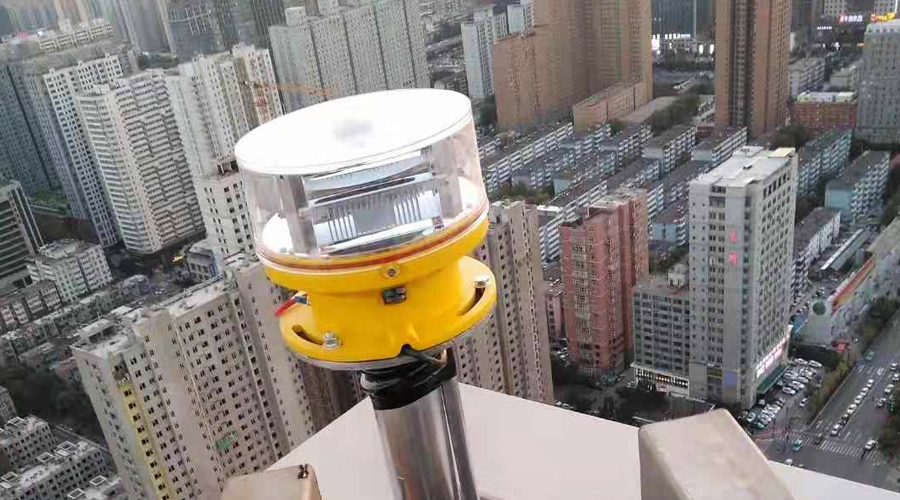
Characteristics of Apron Lighting
Apron lighting is important helipad lights for aviation safety. This article mainly introduces the lighting system and warning function of

Aviation lighting requirements involve many aspects, but due to the development of air traffic and aviation safety in recent years,airfield lighting has been widely valued. Today we will learn about the requirements for high-altitude obstacle warning lights.
Aviation obstruction lights are generally divided into three types: low intensity, medium intensity, and high intensity.
Obstacle Height Classification & Lighting Requirements
Height Demarcation Point: In the ICAO standard, the obstacle height stratification is usually:
Horizontal contour coverage: Aviation lighting requirements:
High-altitude obstacle warning lights must ensure that the outline of the obstacle is visible in any direction, especially on the sides and top.
Multi-layer setting: For obstacles over 45m, the middle layer aviation lights should be evenly distributed, and the top and middle layers need to flash synchronously (if used in combination).

Apron lighting is important helipad lights for aviation safety. This article mainly introduces the lighting system and warning function of

Obstruction light aviation lighting requirements, learn more about the requirements of low-intensity, medium-intensity, and high-intensity obstacle lights.

ICAO guidelines for aviation light is installation standard for obstacle lighting, which is mainly used to warn the existence of

Aviation lighting requirements include many, article mainly describes the installation & technical specifications of aviation obstruction lights for obstacles.

High intensity obstacle lights the setting is mainly reflected in high light intensity, high installation height and brighter light source.
Copyright © 2024 Shaanxi Yuefeng Feiyao Technology Co., Ltd. | Powered by YFFY Lights